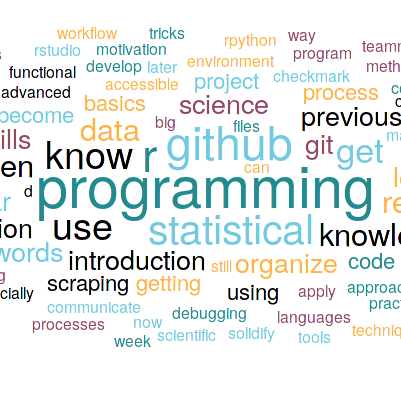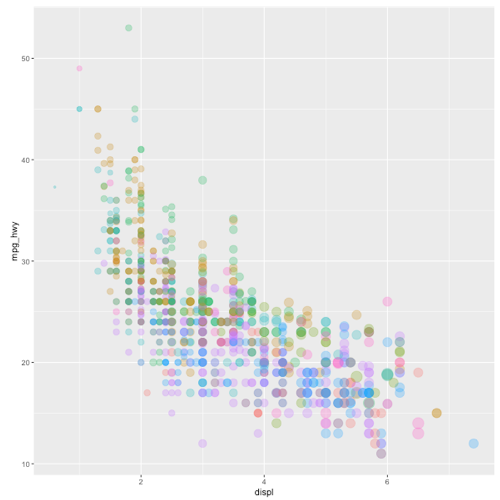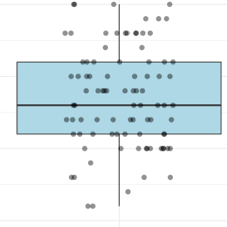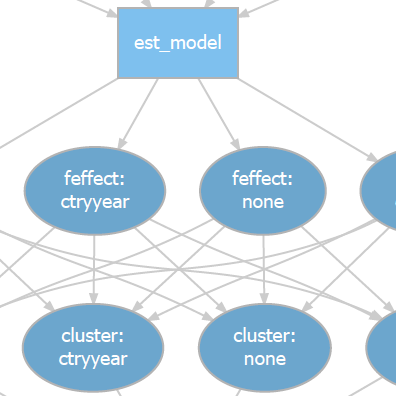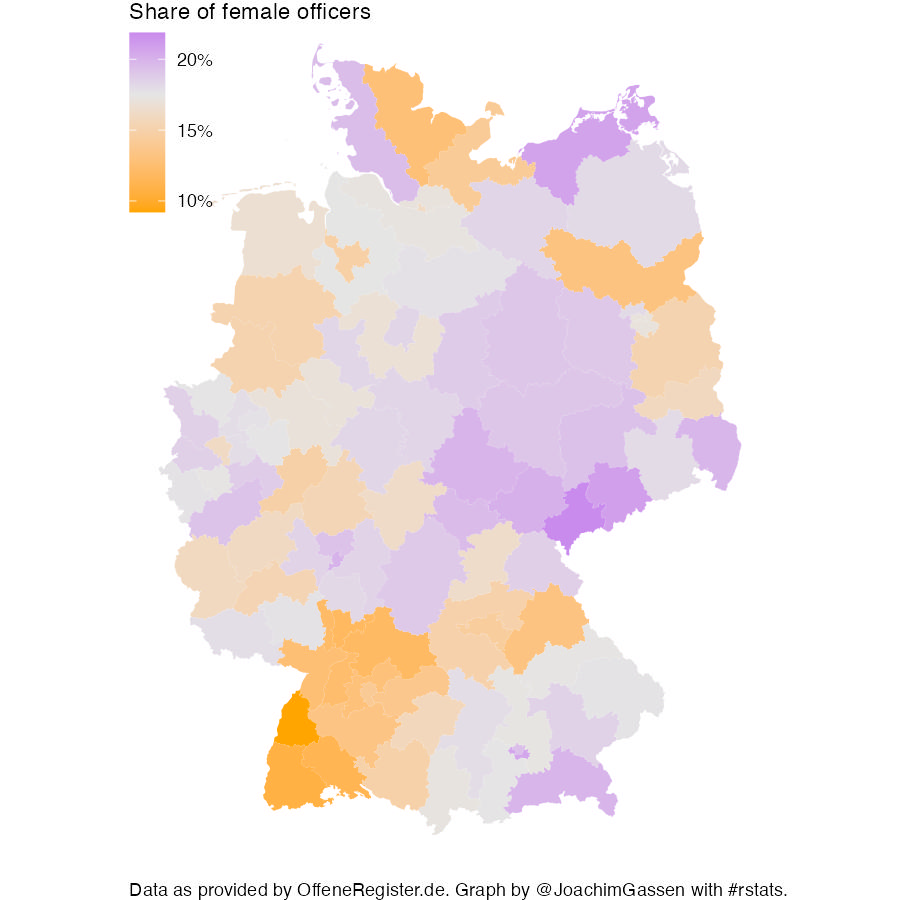Researchers face many options when designing tests. The resulting researcher degrees of freedom are often not well documented in published work but highly influential for findings. My new in-development R package
rdfanaylsis provides a coding framework to systematically document and explore the researcher degrees of freedom in research designs based on observational data.
Continue reading
